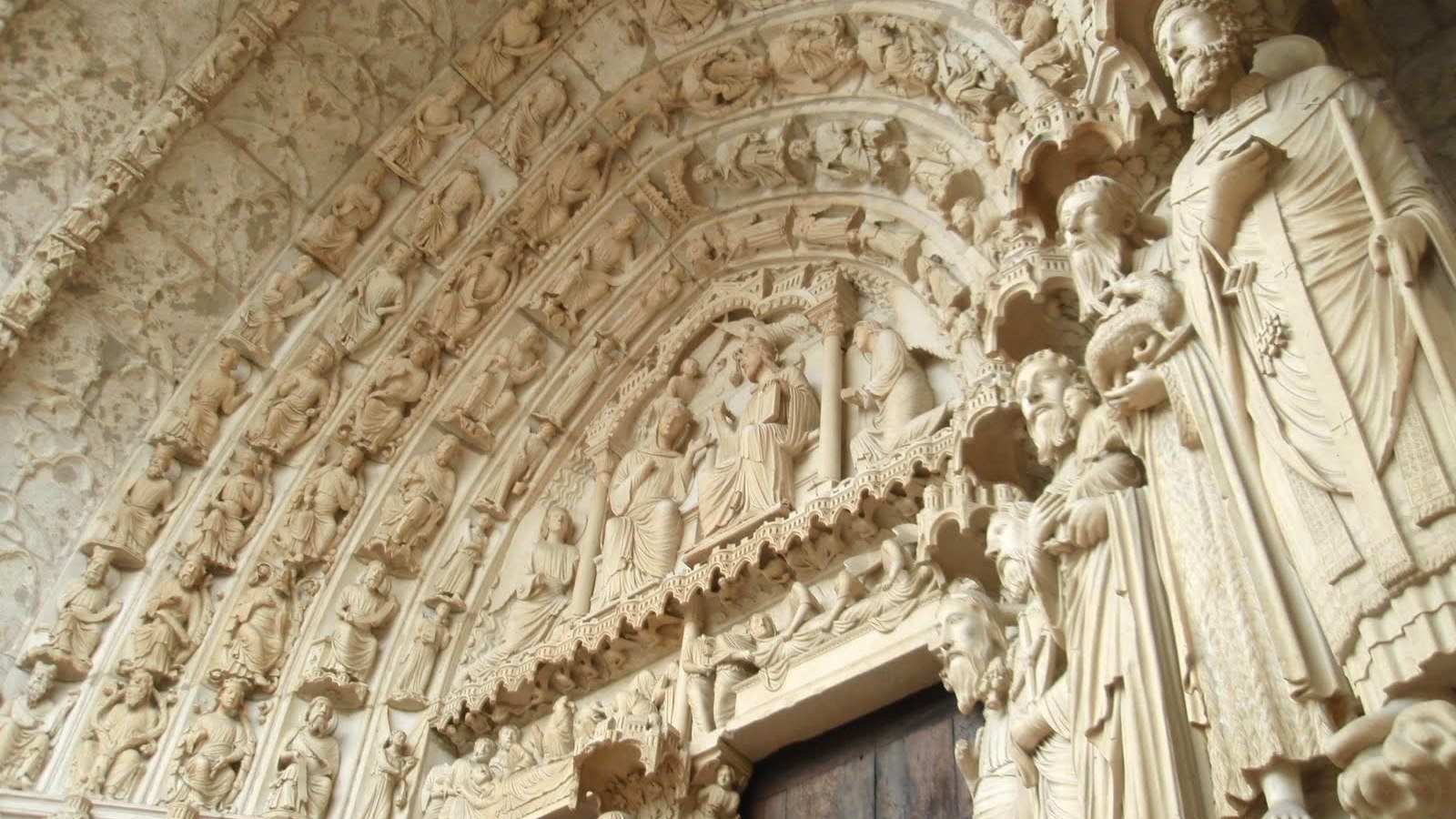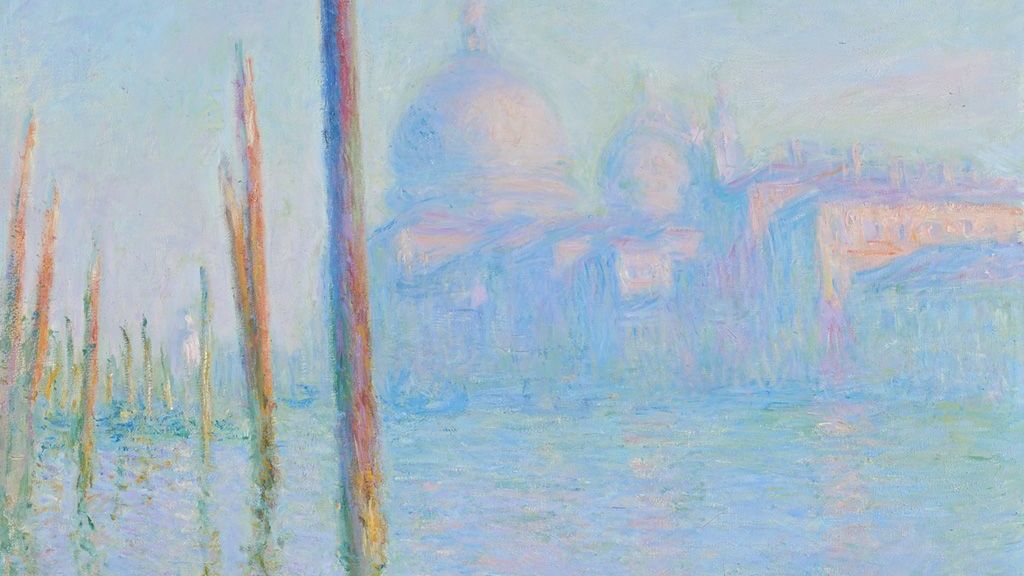“If Ye Love Me”: Thomas Tallis’ Timeless Motet
Politics and dogma leave their temporary mark on the shifting sands of history, while music remains eternal. The life of the great English composer Thomas Tallis (c. 1505-1585) is a testament to this idea. While Tallis remained an “unreformed Roman Catholic” throughout his life, he adapted professionally to serve the monarch of the time. He wrote for the Latin Catholic Mass until Henry VIII’s break with Rome. After writing Anglican music, he …







